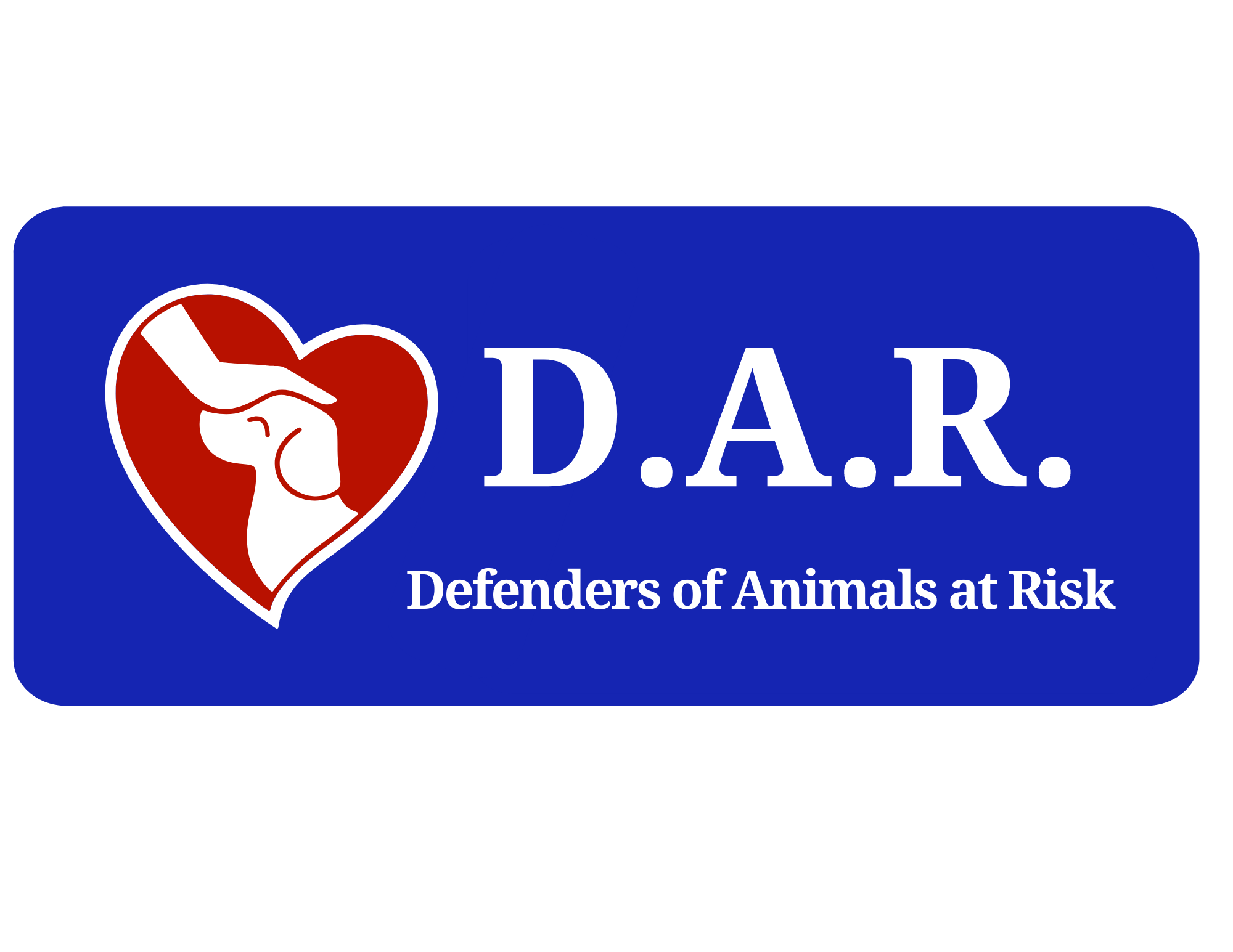Well, there actually are animal observations which seem to back this possibility up! The tsunami disaster of 2004, as an example, killed very few animals – whereas the number of human victims was immense.
In another example, a marine worker in South India reported that in December of 2004 he had seen a large flock of antelopes fleeing the coastal area towards the nearest hills – just hours before the devastating tsunami hit that area. In Thailand, Eyewitnesses say that elephants were trumpeting, breaking chains and escaping inland. Flamingos also reportedly left their lowlands and flew in the direction of mountainous areas as well.
Even animals in captivity demonstrated strange characteristics. Employees of the Malaysian zoo noticed that all of the animals acted in a very strange manner – the majority of zoo animals hid in their shelters and refused to go out.
The tsunami disaster killed over 30,000 people, just in Sri Lanka. However, almost all local elephants, deer and other wild animals survived the monstrous attack of tidal waves.
Animals obviously have skills in detecting anomalies such as earthquakes or eminent lighting storms, in ways that humans still do not fully understand. Researchers have documented birds exhibiting strange behaviour in the hours (and even days) before hurricanes strike. One species of bird, known as ‘Veeries’, have ended mating seasons early in years when hurricanes struck, giving the birds time to wait out storms before starting on their migratory routes.

Of course, all of this means very little for our animals stuck at home when disaster strikes. That is why it is imperative that we build our animals into our disaster plans. It is actually not that difficult to do, either. When putting together your disaster management plan, typically the same items will be applied to your furry friends. Having 3 days worth of food, water and any required medications in a grab-and-go kit is a great first step.
Here are some other key things that can make all the difference in keeping your pets safe.
- Sheltering in place is often the best option when it comes to families with pets. Make sure that you have an adequate preparedness kit to do so, however! And most important, know when it is time to go – and be prepared for that possibility. The US Government has a great site for building disaster management kits. Click here to view their recommendations. The American Red Cross also has great information regarding pet-specific emergency planning. For more details, check out our article, Disaster Safety Checklist for Pets and download a PDF guideline to help you prepare.
- Make sure that you have comfortable carriers for each of your pets, and that you are proficient in loading your pets up. If you are forced to evacuate your home, there is often very little warning to do so. Your grab-and-go kit should be easily accessible, and located with your pet carriers, leashes, spare collar and harness. Remember that in natural disasters, many emergency shelters or places of refuge will not take animals in at all – and the ones that do will only admit them if the animals are contained in a crate.
- Devise a back-up plan for your pets in case they cannot travel with you. Perhaps you have family or friends who live in safe areas who can look after them for you. If not, make sure that you speak to your local shelters or boarding facilities about options they might have for pet boarding in emergencies. Part of this includes making sure that your animals are easily identifiable with marking tattoos, tags and other means of proving their ownership.
- When you are preparing a first aid kit to take with you, don’t forget about your pooch! Dogs and cats require different things than we do, so having the basics for them is important. Having lots of non-adhesive bandages and soft medical gauze for wrapping wounds, for example.Our article, Comprehensive First Aid Kit for Pets, provides a detailed guide on essential items for your pet’s first aid kit. You can also download a PDF checklist directly from the article.
Our furry friends are depending on us in times of natural disaster, and that means getting prepared. Take steps now to build up your emergency plan, or to review the one you have in place.

Sources and Additional Links:
Ready: Build a Kit
American Red Cross: Pet Disaster Preparedness
DAR Foundation: Disaster Safety Checklist for Pets
DAR Foundation: Comprehensive First Aid Kit for Pets
Animal Safety Pet Safety Prepare for Disaster Safe Animals Save Animals Life
Last modified: August 25, 2024





